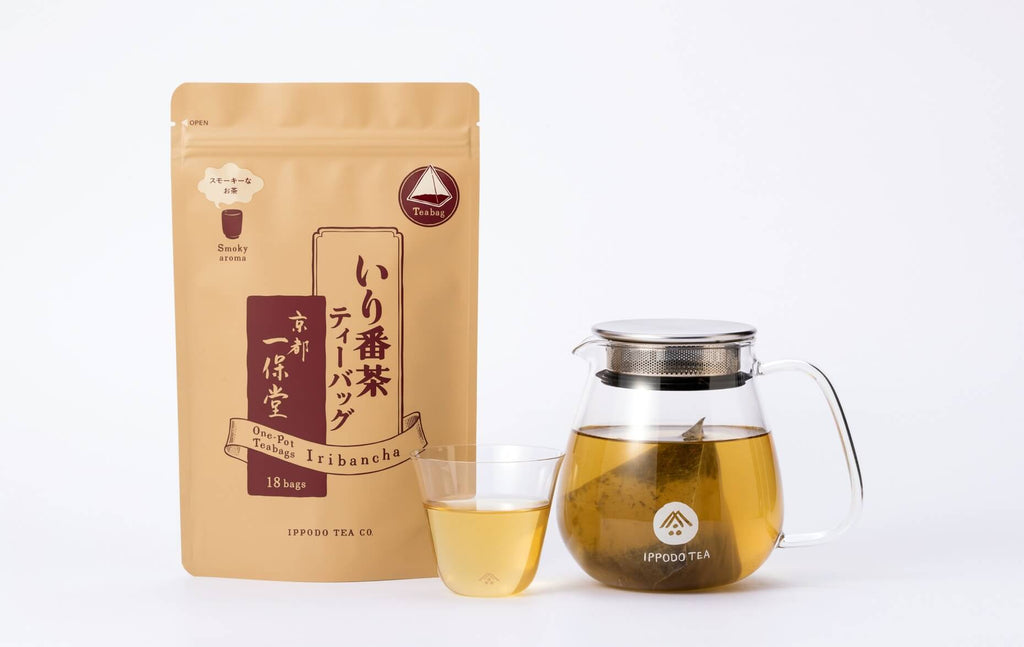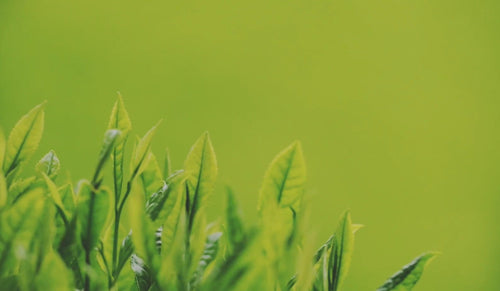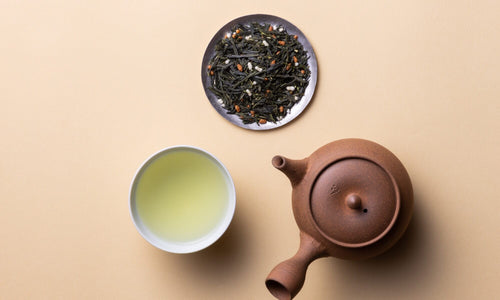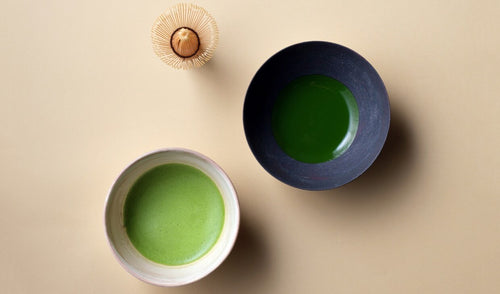Iribancha, Kyoto's Daily Tea
As a Kyoto-based tea company for over 300 years, Ippodo Tea carries some unique local favorites that are rarely found outside of the surrounding Kyoto area. Iribancha is one of these special local teas.
Iribancha - smoky, refreshing, and surprising.
Iribancha is surprising for many trying it for the first time, given its strong, smoky fragrance. While many Kyotoites will drink it like water daily, we tend to recommend it to newcomers who we know enjoy the smell of campfires, charcoal, or peaty scotch.
View Iribancha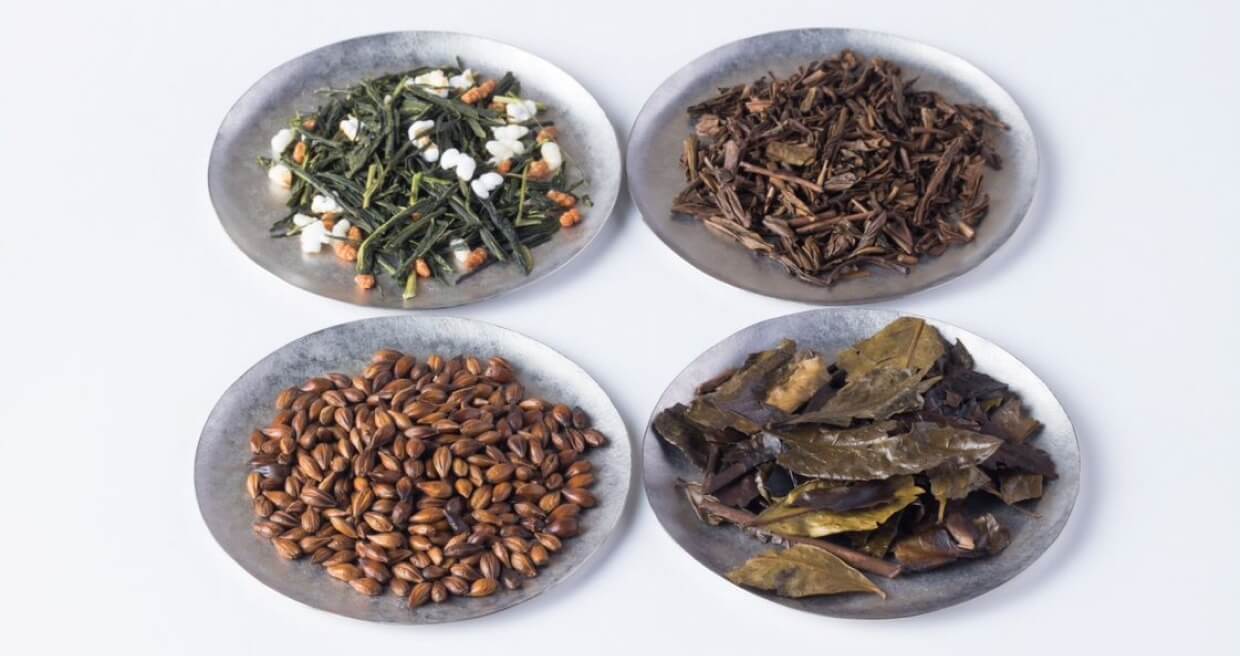 Clockwise from top-left: Genmaicha, Hojicha, Iribancha, and Mugicha (a roasted barley tea).
Clockwise from top-left: Genmaicha, Hojicha, Iribancha, and Mugicha (a roasted barley tea).
Bancha tea, a refresher.
In Kyoto, the top, delicate small leaves are traditionally designated for matcha, gyokuro, and sencha tea production. Right after they've sprouted, the plant's young leaves have plentiful natural sweetness and richness.
In contrast, tea can also be produced from leaves that have grown larger. As they grow, the volume of the tea increases, while the leaves' character becomes lighter, crisper, and more refreshing. And these large-leaf teas are all referred to as bancha.
 Iribancha comes from the plant’s lower, larger leaves, stems, and twigs.
Iribancha comes from the plant’s lower, larger leaves, stems, and twigs.
Kyoto's bancha, and how it's made:
Iribancha has long been a local favorite because it uses one of the most typical methods of producing bancha in the Kyoto area. In fact, it often goes by another name, Kyo-bancha, meaning "Kyoto Bancha.”
For Iribancha, the plants are trimmed later in the season, removing the larger leaves, stems, and tough sticks. This process readies the trees for the next year of growth.
This trimmed material is steamed, baked, and then roasted in a giant hot metal pan while constantly being scooped and moved around. After a short time, everything starts to smoke. The smoke permeates the tea, giving Iribancha its trademark aroma. Finally, the tea is cooled, sorted, and packaged up for consumption.
The resulting tea is reminiscent of a pile of leaves in the fall, with large flat leaves, twigs, and stems all in the mix. Nonetheless, it is cherished by many locals in Kyoto as their everyday tea.
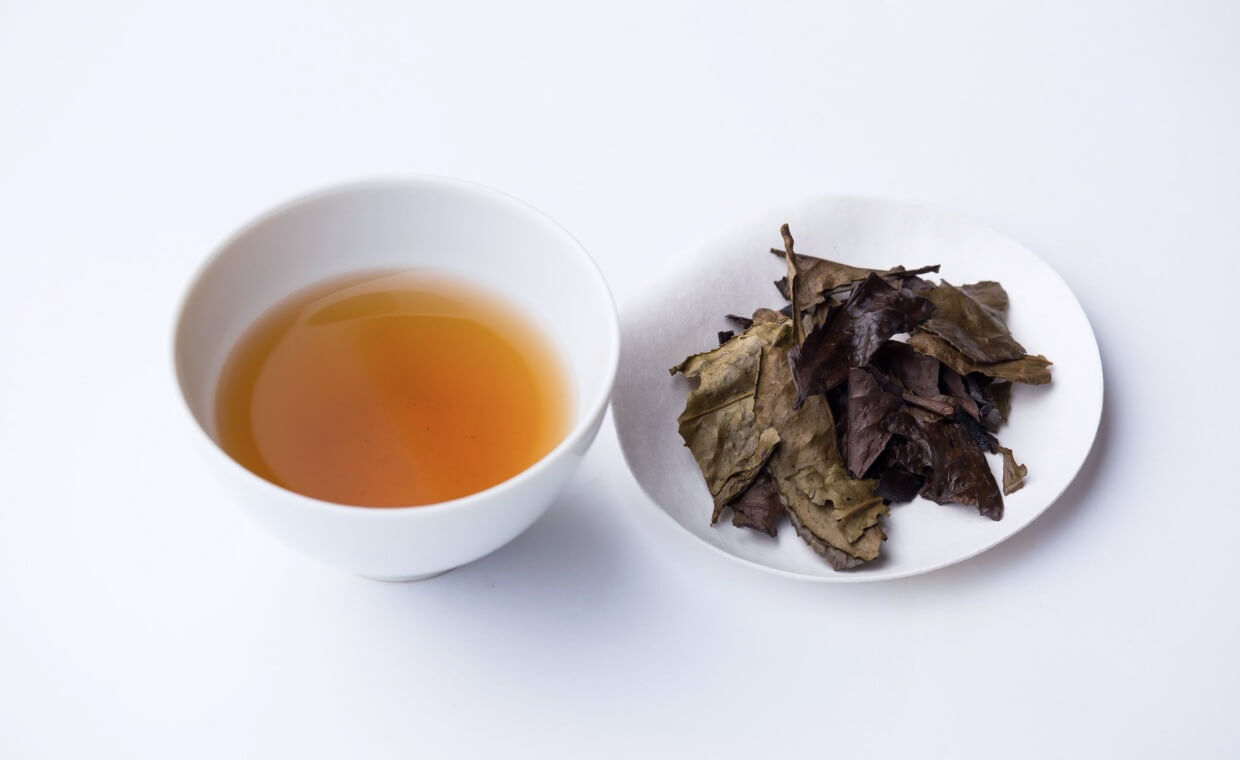
Taste notes - for those who like a smoky flavor profile.
The smokiness is definitely the highlight of this tea. It's a vegetal smokiness like a campfire, burning autumn leaves, or peat smoke.
Underneath the smokiness, the tea has some light sweetness and bitterness to its taste. The body is very light, making it an easy tea to drink by the pitcher.
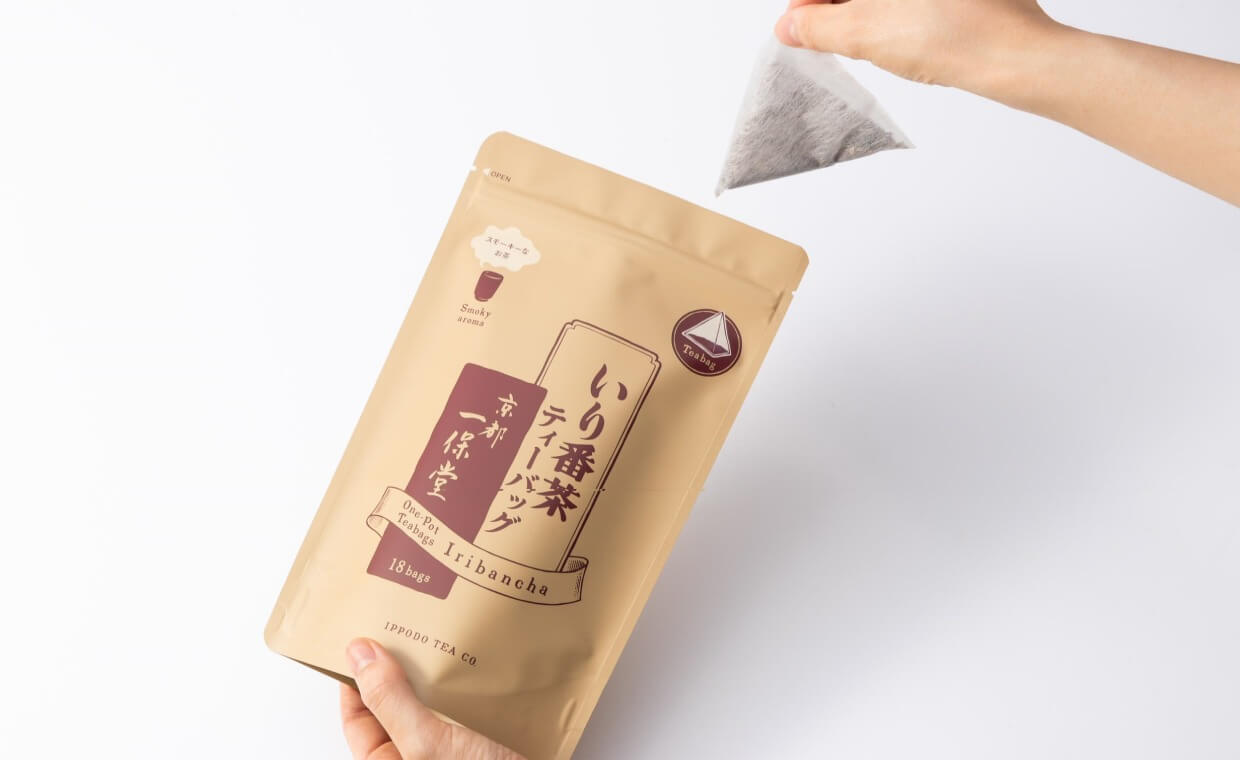 Iribancha leaves and brewed tea.
Iribancha leaves and brewed tea.
Iribancha Large Teabags
Our Iribancha is available in larger teabags that conveniently brew an entire pot of tea at once. The material inside is crushed, making it easier to brew quickly and consistently. Use it with a teapot, a large mug, a pitcher, or a thermos.
View IribanchaRead next: Hojicha: The Perfect Tea for Coffee Lovers.

